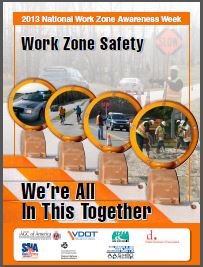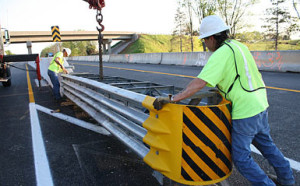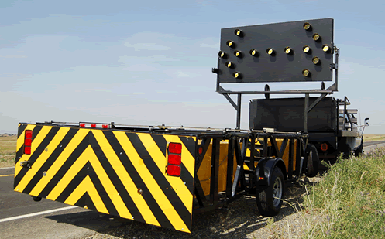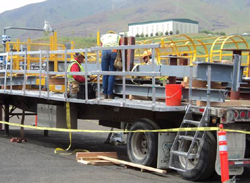Falls in construction are a well known cause of work injury. A common misconception is that fall injuries are primarily of concern to individuals that work at heights. This is not an accurate representation of the danger presented by slips, trips, and falls, even at minimal height. In heavy and highway construction, also known as horizontal construction, falls account for approximately 25% of workers compensation claims. These consist of falls from trucks, trailers, and construction equipment (45%); ladders, stairs, and scaffolding (20%); and walking or working surfaces (5%). Fortunately, a recent national focus on fall prevention has raised awareness of the issue and improved the quality of resources available to safety professionals. Resources are published daily at sites like OSHA’s Stop Falls Initiative, CDC’s Campaign to Prevent Falls in Construction, and StopConstructionFalls.com in support of this important work safety trend.
Source: Tennessee Road Builder Magazine
Falls from Trucks, Trailers, & Equipment
As a leading cause of injury in the workplace, the risk of falls from trucks, trailers, and equipment is an important hazard for which to mitigate risk. Communicating the need to maintain three points of contact, wear proper footwear, and clean debris from ladders and steps is a good first step. For many types of equipment, upgrading to access ladders that provide three points of contact and durable weight support can provide additional injury risk management. United Rentals is one example of a company that has provided a Safety Best Practice document recommending all employees at their 800+ locations upgrade to the Trucker portable side truck mount ladder. The Trucker ladder provides 3 points of contact, ANSI rated weight support, and slip resistant tread in a sturdy, lightweight design.
Indirect Costs from Fall Injuries
It is important to remember the indirect costs of work injuries when considering falls from minimal heights. It is easy to take for granted the risk of a fall from a 4′ flatbed trailer, particularly under the stress of work timelines. Nevertheless, while these may not always be a fatality risk, the consequences of a work injury extends far beyond broken bones and injury claims. Individuals can suffer long term complications that affect their ability to work and your company’s ability to excel. Even when injuries are minor, your company’s workers’ comp EMR (Experience Modifier Rate) is affected, causing insurance rates to go up and potentially limiting your ability to win valuable contracts. Clearly, the national focus on construction fall protection is a worthy cause for the sake of workers and the industries that employ them.





